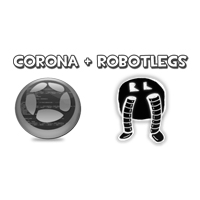Events
Events in JavaScript (and EventEmitters in Node.js) allow 1 to many; meaning 1 dude or many people can listen for the same event without the developer having to add more code to the sender.
Events also solve with finality the parameter order problem. There is only ever 1 parameter: The Event. Callbacks, Promises, and Streams can have none, or many. In dynamic languages, you have no compiler help with this. Since most Events are an object of some type, you can add as many slots as you want without changing the interface between sender and receiver. This slightly improves the ability to refactor. In strongly typed languages, the surface API doesn’t change, only the internal consumption which is often opt-in, thus helping keep OOP things OOP. w00t to the w00t. Moot point is moot.

